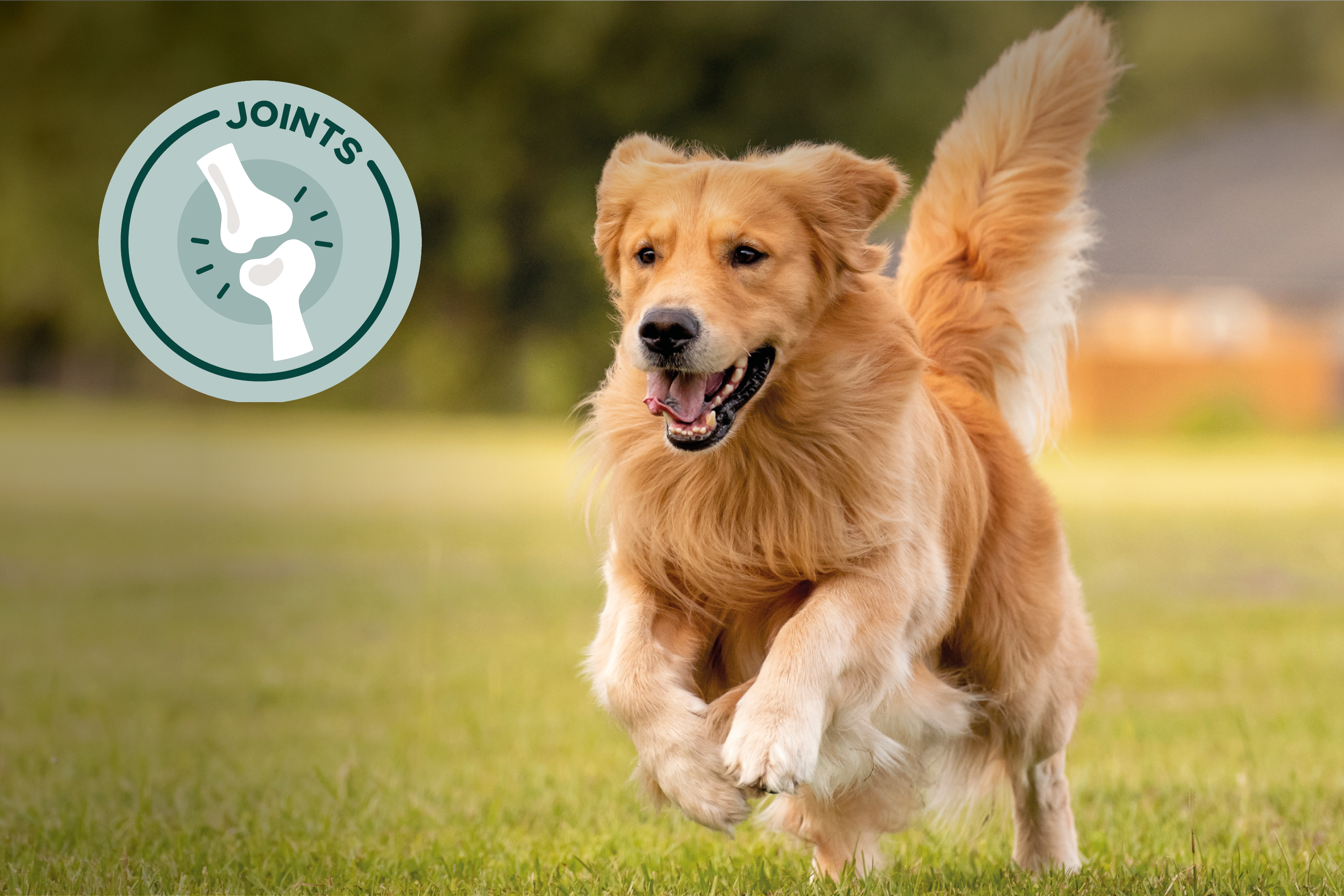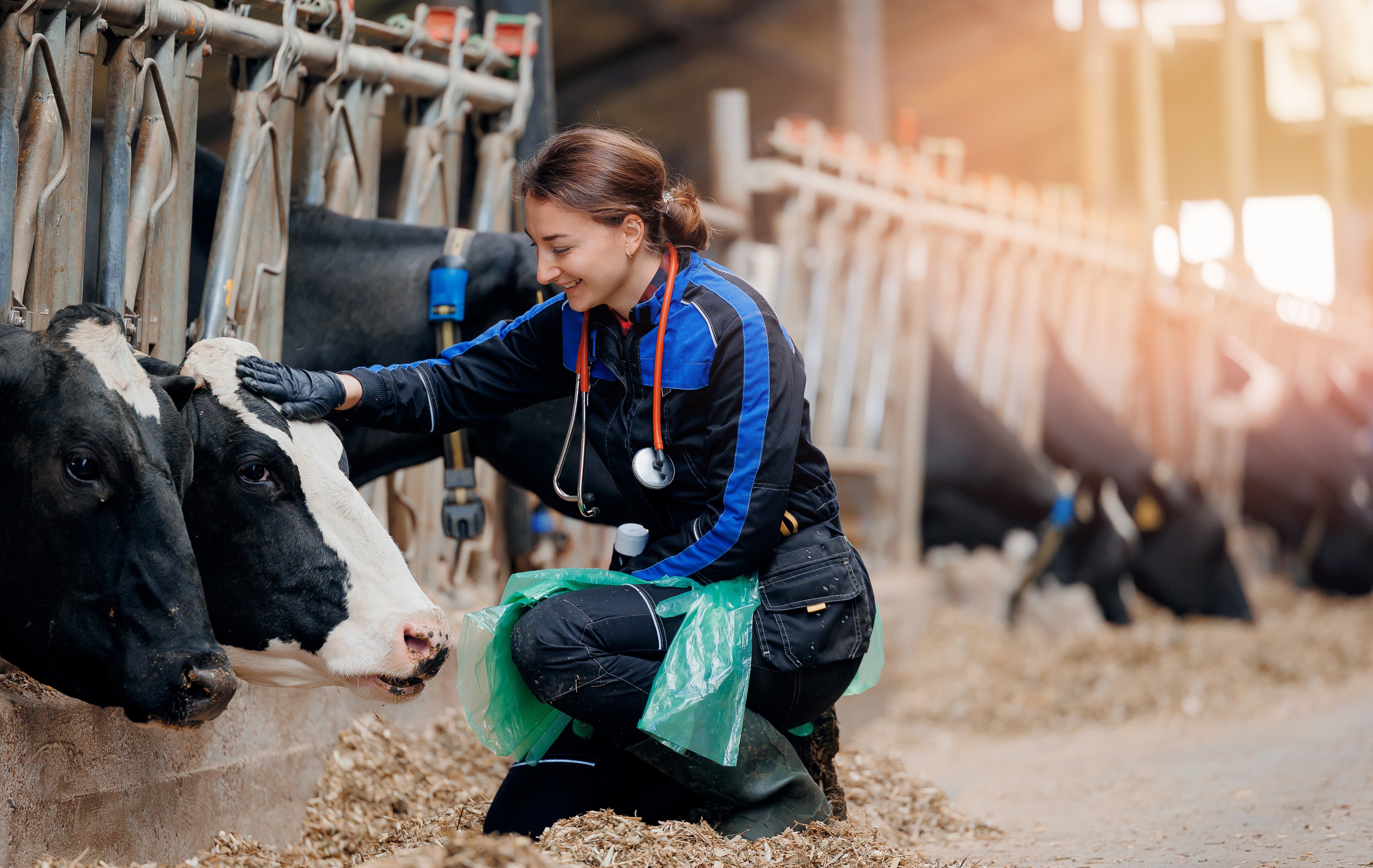
Prevention of osteoarthritis in canine patients: Clinical approach and recommendations
![]() Published on May 28, 2024
Published on May 28, 2024
Powered by


Osteoarthritis (OA) is a chronic joint disease that frequently affects dogs, especially as they age.
It can affect any age, gender, and breed of dog. As a veterinarian, you play a vital role in the prevention and management of OA in your canine patients.
Here are some recommendations based on scientific evidence to prevent the early onset of OA and improve the quality of life for your patients.
Risk factors
Several risk factors are associated with the development of OA in dogs:
-
Obesity: Excess weight increases stress on the joints, accelerating the breakdown of cartilage.
-
Joint trauma: Joint injuries, even minor ones, can increase the risk of OA.
-
Genetic predispositions: Some breeds are more predisposed to OA due to their genetic makeup. Genetics seem to be the most influential risk factor in the development of OA.
-
Conformation: Body and leg size, and joint angles joint required by breed standards unfortunately makes some breeds especially predisposed toward OA while other breeds have a much lower risk from development of joint disorders.
Preventive measures
-
Weight optimization: Encourage pet owners to maintain an optimal body weight for their dogs. It is also a key factor in treating OA due to the increased stress on joints and muscles leading to inactivity. Fat is also known to be metabolically active and pro-inflammatory. This may also contribute to development of OA.
-
Balanced diet: Offer diets rich in omega-3 fatty acids and antioxidants to support joint health. Omega-3s can reduce production of pro-inflammatory factors and help in the clinical management of some arthritic patients.
-
Moderate exercise: Regular exercise strengthens muscles and maintains joint mobility. Avoid high-impact activities especially in younger patients.
-
Joint supplements: In recent years there has been a transition toward multimodal management strategies for OA management, which include using nutraceuticals. Omega-3 fatty acids, undenatured type II collagen, green-lipped mussel, Boswellia and curcumin are some of the preferred active ingredients.
-
Early detection: Watch for early signs of OA, such as lameness and stiffness. Regular check-ups allow for early detection and quick intervention to control the progression of the condition.
Educate pet owners and implement preventative measures improves the quality of life for your patients. Feel free to adapt these recommendations based on your clinical knowledge and patients.
Protect joints, help prevent osteoarthritis
Discover products that support joint health and function.
You must be logged in to access the page.
REFERENCES
- Johnston SA. Osteoarthritis. Joint anatomy, physiology, and pathobiology. Vet Clin North Am Small Anim Pract. 1997;27(4):699-723.
- Kealy RD, Lawler DF, Ballam JM, et al. Effects of diet restriction on life span and age-related changes in dogs. J Am Vet Med Assoc. 2002;220(9):1315-1320.
- Roush JK, Dodd CE, Fritsch DA, et al. Multicenter veterinary practice assessment of the effects of omega-3 fatty acids on osteoarthritis in dogs. J Am Vet Med Assoc. 2010;236(1):59-66.
- McCarthy G, O'Donovan J, Jones B, et al. Randomised double-blind, positive-controlled trial to assess the efficacy of glucosamine/chondroitin sulfate for the treatment of dogs with osteoarthritis. Vet J. 2007;174(1):54-61.


